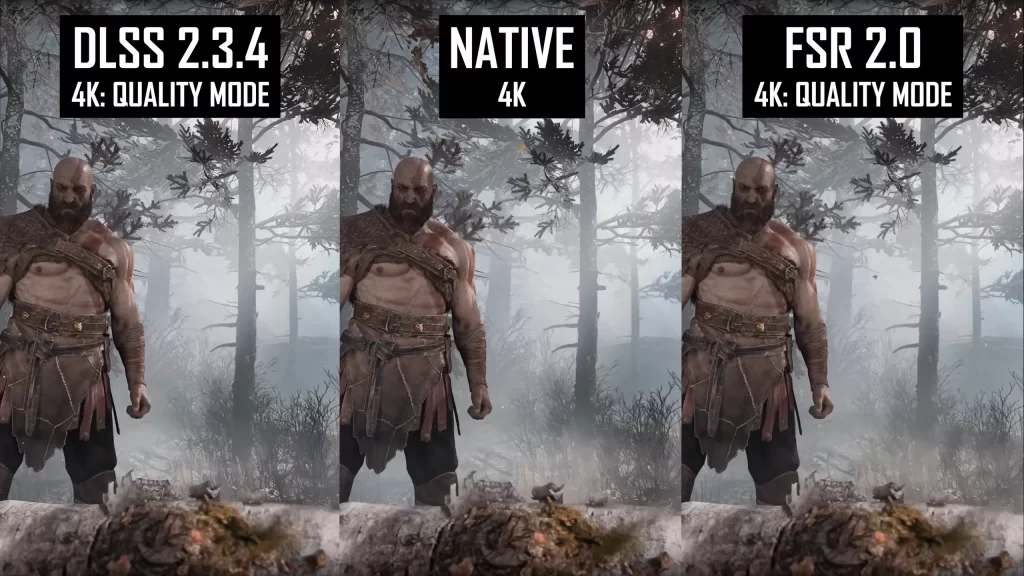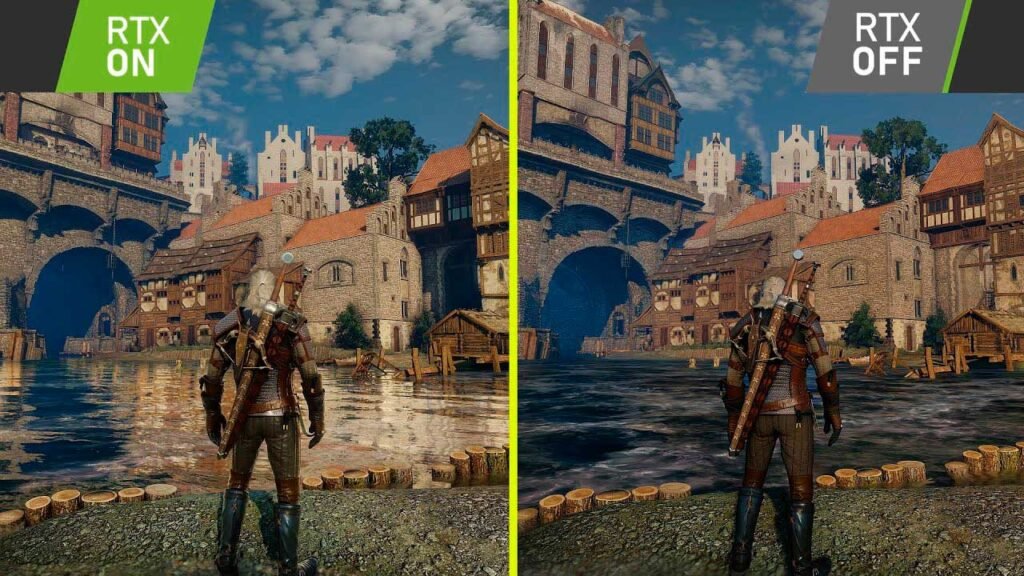Ray tracing is one of the newest technologies introduced in the new gen GPUs and now consoles. In this article we will discuss what is Ray tracing and why it is so demanding in detail.
What is ray Tracing?
Ray tracing is a technique for simulating realistic lighting effects in computer graphics. It works by tracing the paths of light rays as they bounce off or pass through various objects in a scene, creating effects such as shadows, reflections, refractions, and global illumination. Ray tracing can produce images that are more natural and immersive than those rendered with traditional methods, such as rasterization.
Rasterisation
Rasterization is the most common technique for rendering 3D graphics in real-time applications, such as video games. It involves projecting 3D models onto a 2D screen, using mathematical calculations to determine which pixels should be visible and what color they should have. Rasterization is fast and efficient, but it has some limitations when it comes to lighting. For example, rasterization cannot easily handle complex shadows, transparent objects, or indirect lighting (the light that bounces off other surfaces).
To overcome these limitations, rasterization often relies on pre-computed or approximated techniques, such as shadow maps, reflection maps, ambient occlusion maps, and baked lighting. These techniques can enhance the realism of the scene, but they also have some drawbacks. For instance, they can introduce artifacts, such as aliasing or light leaking; they can consume a lot of memory and storage space; and they can be difficult to update dynamically.
Ray tracing, on the other hand, can handle these lighting effects more accurately and naturally, without relying on pre-computed or approximated techniques. Ray tracing can also create effects that are impossible or very hard to achieve with rasterization, such as caustics (the patterns of light created by refracting through curved surfaces), dispersion (the splitting of white light into its component colors), and soft shadows (the gradual fading of shadows at the edges).
Drawbacks
Ray tracing also has significant disadvantages compared to rasterization. The main one is performance: ray tracing is very computationally intensive and requires a lot of processing power. This is because ray tracing involves casting millions or billions of rays per frame, each one requiring complex calculations to determine its interactions with the scene. Furthermore, ray tracing can introduce noise or graininess into the image, especially when the number of rays is insufficient or the scene is very complex. To reduce noise and improve image quality, ray tracing often requires additional techniques, such as denoising or anti-aliasing.
To enable ray tracing in real-time applications, such as video games, modern graphics cards have introduced dedicated hardware units that can accelerate some of the ray tracing tasks. For example, Nvidia’s RTX series of GPUs feature RT cores that can speed up the ray-triangle intersection tests and BVH traversal (the process of finding which objects a ray hits); and Tensor cores that can perform denoising using deep learning algorithms.
However, even with these hardware units, ray tracing still consumes a significant amount of resources and can affect the frame rate of the game. Therefore, developers and gamers have to balance the trade-off between visual quality and performance when using ray tracing. Some factors that can influence this trade-off are:

- The resolution of the game: higher resolutions require more rays and more processing power.
- The settings of the game: different games may offer different options for enabling or disabling ray tracing effects, such as reflections, shadows, ambient occlusion, etc.
- The quality level of the ray tracing: higher quality levels may use more rays or more advanced techniques, such as path tracing (a form of ray tracing that simulates multiple bounces of light), but also require more processing power.
- The use of hybrid rendering: some games may combine ray tracing with rasterization to achieve a balance between quality and performance. For example, they may use rasterization for most of the scene and ray tracing for specific effects or objects.
- The use of upscaling techniques: some games may use techniques such as DLSS (Deep Learning Super Sampling) or FSR (FidelityFX Super Resolution) to render the game at a lower resolution and then upscale it to a higher resolution using artificial intelligence. This can reduce the workload of ray tracing and improve the frame rate.
If you enjoyed this post, be sure to check out more content on Poggers Memes. If you’re interested in new technologies used in video games you’ll enjoy our article on Star Citizens server meshing tech.
